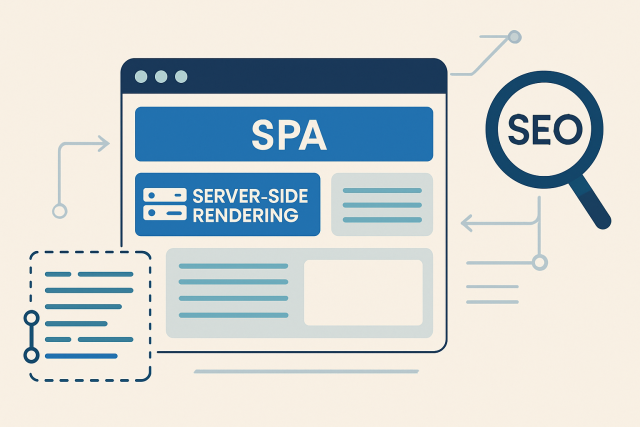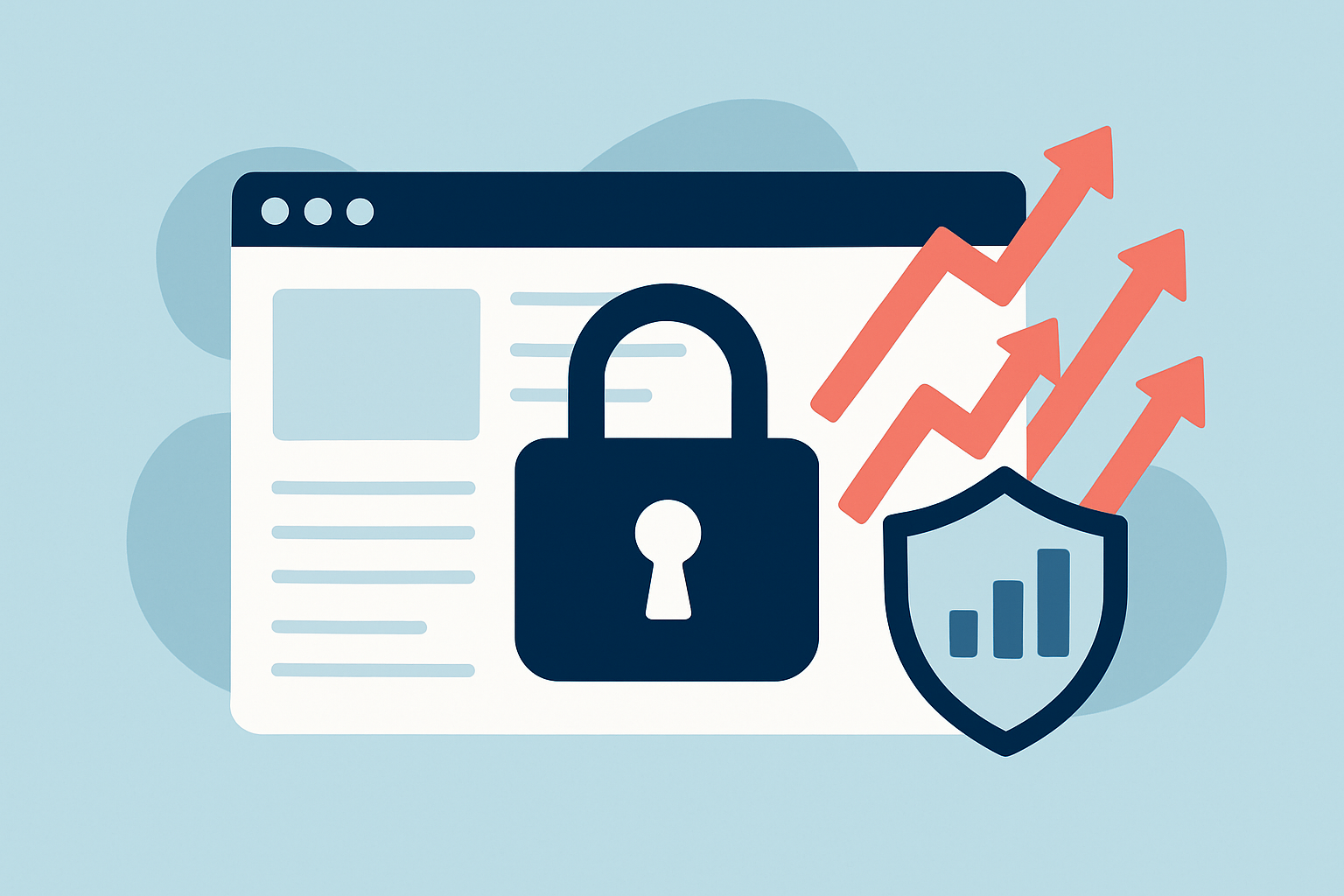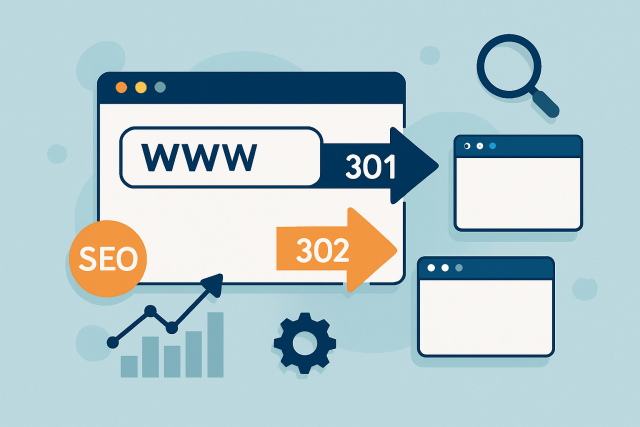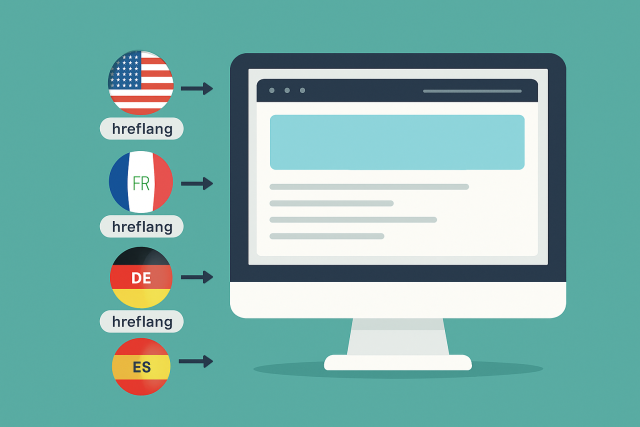
Proven SEO Tactics for Ranking Single Page Applications
Single Page Applications challenge traditional SEO methods. Learn specialized tactics to boost visib...

Keeping your website secure is just as important as making sure it ranks well on search engines. With SSL SEO, you can cleverly combine website security with improved rankings, helping your site safeguard user information.
Secure Sockets Layer (SSL) is that trusty security technology working behind the scenes to encrypt the connection between a user's browser and a website server, making sure data doesn’t get snatched or tampered with along the way. SSL SEO is not just about locking down your site with SSL certificates—it’s also a clever move to nudge your site up the search engine ranks.
SSL encrypts the data exchanged between your website and its visitors to make it hard for hackers to snag sensitive information. Beyond that it acts like a digital badge of trust by confirming your site's identity and giving users a comforting nudge that your website is on the up and up.
Back in 2014 Google made it pretty clear that HTTPS was going to be a ranking signal. In other words, adding SSL isn’t just some techy checkbox—it can genuinely boost where your site lands in search results. Sites sporting HTTPS tend to climb higher in rankings.
Implementing SSL brings obvious security perks and noticeable SEO benefits. Websites not only toughen up against cyber threats but also enjoy a boost in search visibility, user engagement and data accuracy.
Strengthening website security usually builds user trust and often leads to higher customer confidence and loyalty—a goal every business hopes for.
Higher search engine rankings reflect Google’s clear preference for secure sites and boost your organic visibility.
A smoother user experience lowers bounce rates and encourages visitors to stay longer, which increases engagement.
Reliable referral data and accurate analytics give marketers the upper hand and help them make smarter SEO and marketing decisions.
Sticking to industry standards like GDPR and PCI-DSS isn’t just about ticking boxes—it’s a savvy way to reduce legal and financial risks before they become problems.
SSL steps in like a trusty bodyguard for sensitive info such as passwords and payment details by encrypting it, which significantly cuts down the risk of data breaches. This encryption isn’t just about keeping secrets—it also helps shut the door on phishing attempts and gives users that reassuring feeling that their interactions are safe and sound.
Google tends to give HTTPS sites a little extra love in the rankings, treating SSL as a badge of trust and a smoother user experience.
SSL gives users that little extra peace of mind when they are browsing, which often means they stick around your site a bit longer instead of bouncing off too quickly.
Implementing SSL plays a key role in keeping referral sources intact in analytics reports so traffic does not get mistakenly lumped in as direct visits. This clarity really helps marketers better understand user behavior and make smarter budget calls. It also helps fine-tune SEO campaigns with data they can trust.
Using SSL is a smart move to help your website tick important boxes like GDPR and PCI-DSS compliance by keeping data locked down and secure while it’s being transmitted.

Visual representation of SSL security combined with SEO ranking improvement.
Many well-known websites that switched to HTTPS have seen tangible perks like a bump in organic traffic and fewer people bouncing off their pages. Referral data also makes more sense now. Take one big e-commerce site for example. They enjoyed a solid 20% boost in search rankings and a 15% drop in cart abandonment after adding SSL.
| Metric | Before SSL | After SSL |
|---|---|---|
| Organic Traffic | 150,000 visits | 180,000 visits |
| Bounce Rate | 48% | 33% |
| Search Ranking (Top 10 Keywords) | 7 keywords | 12 keywords |
| Referral Data Accuracy | Partial | Now nearly flawless at 99% |
| User Trust Signals (SSL Padlock) | Missing from view | Clearly visible, putting users’ minds at ease |
SSL has quietly become a must-have, not just for keeping users safe but also for giving your search rankings a nice little boost. When you weigh the benefits of stronger security alongside improved SEO, getting an SSL certificate feels like a no-brainer for any website hoping to grow without too many hiccups.” – Jane Doe, SEO Specialist
Pick the SSL certificate that truly fits your needs whether it’s a straightforward Domain Validation or an Extended Validation that adds more trust and credibility. To keep things running smoothly during your migration, update all your internal links and set up the correct redirects for optimal SSL SEO performance. Also, keep a close eye on your site’s SEO health afterward.
Grab and install an SSL certificate from a trusted Certificate Authority that matches what your website needs—no cutting corners here.
Swap out all internal links, images and scripts from HTTP to HTTPS to dodge those pesky mixed content hiccups.
Set up 301 redirects from the HTTP versions of your URLs to the HTTPS ones to make sure your hard-earned SEO juice doesn’t go down the drain.
Give your sitemap and robots.txt files a quick update so they display the new HTTPS URLs.
Keep a close watch on your site’s SEO and security with handy tools like Semrush or Moz—catching issues early saves a lot of headaches later on.

Single Page Applications challenge traditional SEO methods. Learn specialized tactics to boost visib...

Discover how the Navboost algorithm transforms website navigation into a powerful ranking factor. Th...

Confused by 301 and 302 redirects? This guide explains their differences, SEO effects, and how to us...

Master the implementation of hreflang and x-default tags to enhance your multilingual SEO strategy,...